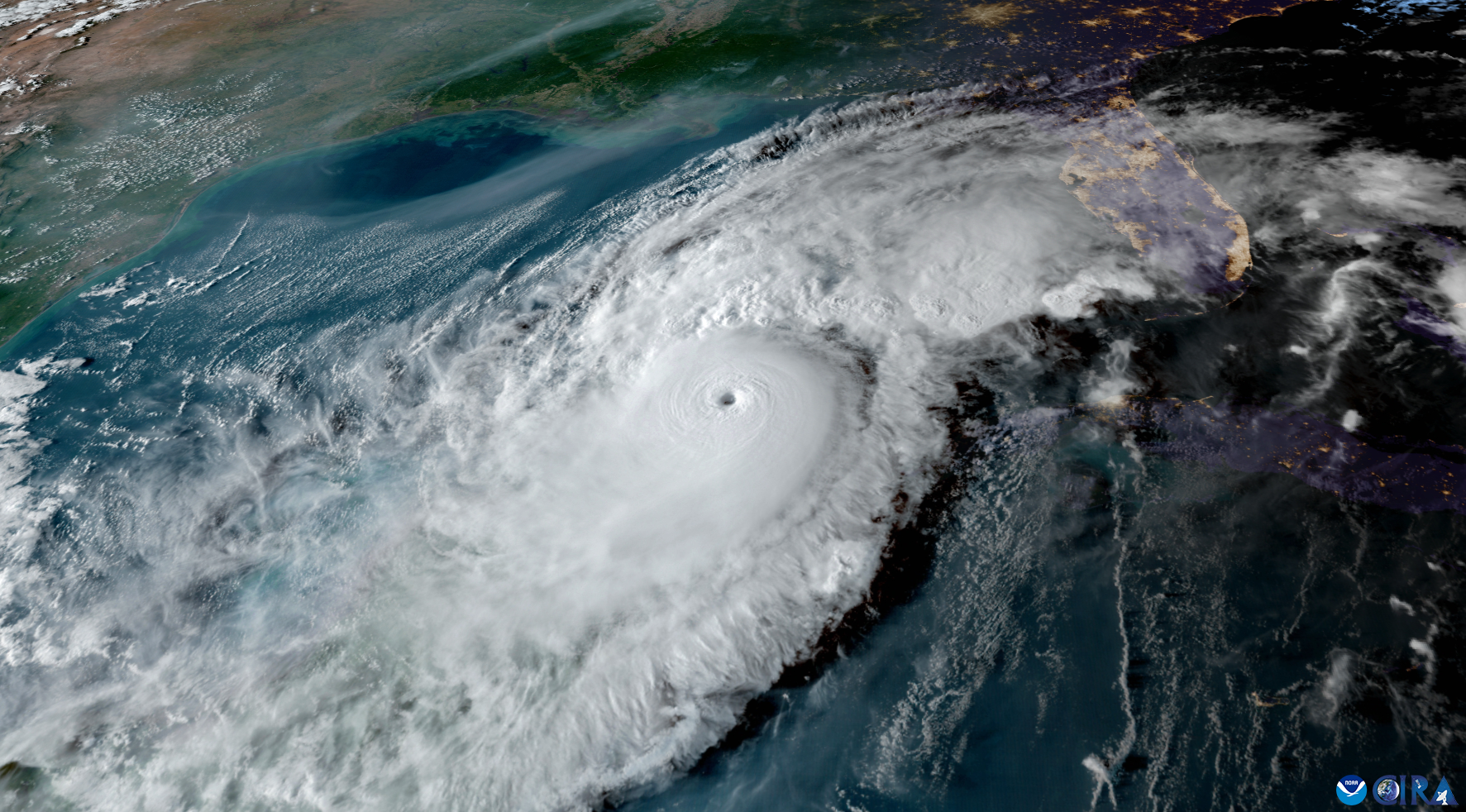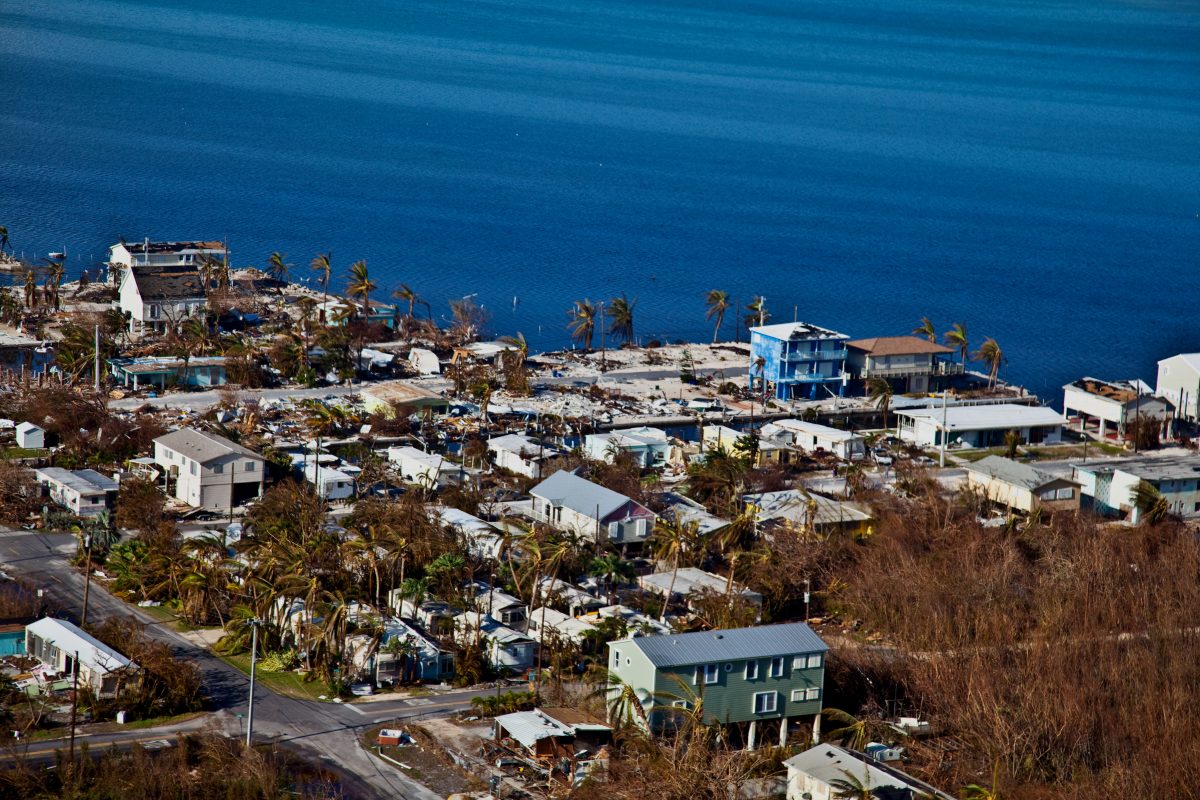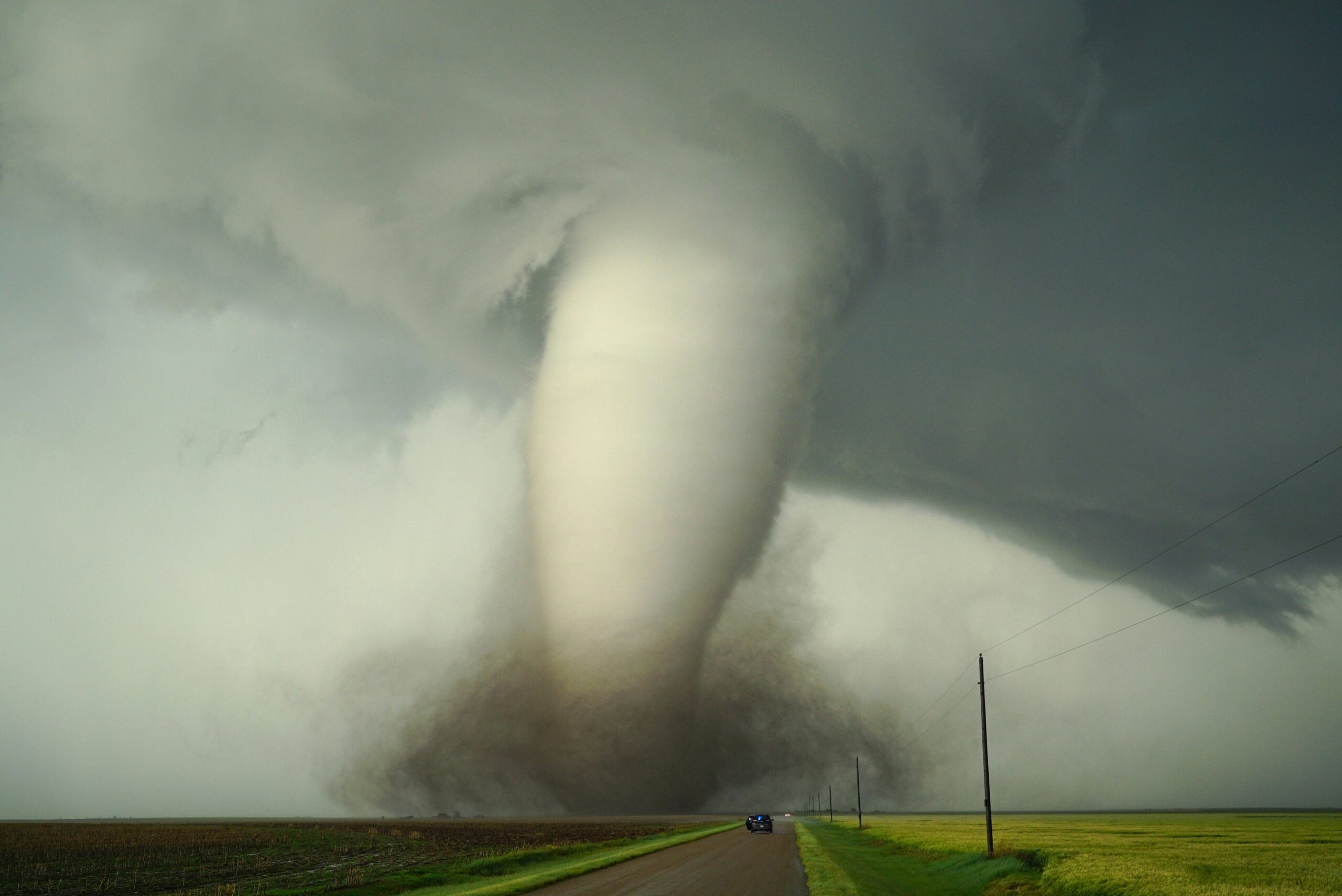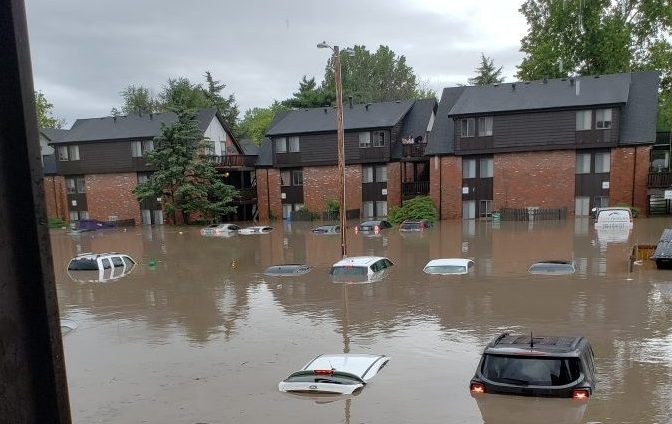

In 2025, Colorado State University forecasters are predicting an above-average Atlantic hurricane season with 17 named storms, including nine hurricanes, four of which could be major. Tropical waters are warmer than usual but cooler than last year.
Key facts
- About 90% of global warming occurs in the Earth’s oceans, and warm water is a significant factor in developing tropical systems.
- In 2024, between June 19, when Alberto formed, and Nov. 18, when Sara dissipated, there were 18 named storms, including seven tropical storms and 11 hurricanes (five of which were major hurricanes). As we witnessed after many of last year’s storms, it only takes one event to cause massive damage.
- In the last decade, flooding caused by rainfall has become the deadliest threat of tropical systems. This was evident in last year’s Hurricane Helene, which caused flooding hundreds of miles inland from landfall.
(Photo: Hurricane Milton approaches Florida, Oct. 8, 2024. Credit: CSU/CIRA & NOAA)
CDP only reports on tropical systems that cause significant damage to property or people. More information about other storms can be found in the National Hurricane Center archives.
Tropical Storm Chantal – North Carolina
On July 6, Tropical Storm Chantal caused severe flooding in central North Carolina. At least one person died. The fire department conducted more than 50 water rescues in Chapel Hill and over 80 in nearby Durham. No injuries have been reported, but several people remain missing in neighboring Chatham County.
At the height of the weather, at least 23,000 customers were without power, but that number has dropped considerably. About 60 people were displaced.
Tropical Storm Barry – Mexico/Texas
Barry (June 28 to 30) reached tropical storm status for a few hours, but made landfall on June 29, near Tampico on Mexico’s east coast as a tropical depression. It dissipated on June 30 but continued to cause weather disruptions in the area.
Sadly, the National Weather Service reported that remnants of Tropical Storm Barry caused the devastating floods in western and central Texas on July 4. Barry was still carrying a lot of tropical moisture, which moved northward because of the mountains in central Mexico and provided “fuel” for the heavy rain event.
CDP’s coverage of the floods can be found in the 2025 US Tornadoes and Severe Storms Disaster Profile.
While there are many immediate needs following hurricanes, funders should also consider designating funds for the anticipated intermediate and long-term needs of communities. Damage from a major storm can last for years, and even decades.
Immediate needs
After a hurricane, immediate needs include debris removal and temporary repair of damaged homes and businesses. Families will need to replace vehicles, personal belongings, appliances and furniture.
When a power outage accompanies a storm, people need food, water, shelter and medical support (especially for those who are power-dependent).
Cash assistance
As with most disasters and emergencies, disaster experts recommend cash donations, as they allow on-the-ground agencies to direct funds to the most significant area of need, support economic recovery, ensure donation management does not detract from disaster recovery needs, and quickly re-establish access to basic needs.
CDP recommends cash as a donation method and a recovery strategy. Direct cash assistance can allow families to purchase items and services that address their multiple needs. It gives each family flexibility and choice, ensuring that support is relevant and timely. Cash-based approaches to disaster recovery also give people the freedom to choose how they rebuild their lives and provide a pathway to economic empowerment.
Housing
People whose homes were damaged will need support repairing damage and/or securing new or temporary housing that is safe and affordable. After a hurricane, displaced residents may face challenges finding housing.
In many parts of the country, demand for housing outpaces supply, complicating recovery efforts. Affected people living in rural areas or public housing and people from marginalized groups may require assistance identifying and securing housing. The ability to rebuild in rural communities is also challenging due to reduced economies of scale and the cost of transporting goods.
Affordability
The United States is facing a critical housing shortage of more than 7.1 million affordable homes for the nation’s extremely low-income families. The 2025 Gap report found “only 35 affordable and available homes for every 100 extremely low-income renter households. As a result of this shortage, three-quarters of renters with extremely low incomes are severely cost-burdened, spending more than half of their income on rent.” Add a major disaster into the equation, and it becomes even more challenging, especially for low and middle-income residents and/or retirees on fixed incomes.
Manufactured housing
While physically vulnerable to hurricanes, manufactured housing represents a very affordable and accessible option, but insurance is limited.
CDP hosted a webinar about the increased risks manufactured homes face and their role in disaster recovery. Additionally, the Manufactured Home Disaster Recovery Playbook, created by Matthew 25 , contains videos, lessons learned and other information to assist funders in supporting manufactured home disaster recovery.
Disaster insurance
After a hurricane, even those with insurance may not be covered, depending on the type of insurance a person has and the damage their home incurs. Hurricanes often cause flash flooding, but people experiencing flood damage must have a separate policy through the National Flood Insurance Program to be covered.
Numerous companies have withdrawn from the home insurance market in states nationwide, including Louisiana and Florida. Finding insurance is increasingly complex and more expensive.
CDP hosted a webinar about the impact of disasters on insurance coverage.

Philanthropy can be flexible in its grantmaking and respond to acute and changing needs. The CDP Atlantic Hurricane Season Recovery Fund is a perpetual fund, allowing CDP the flexibility to respond to changed priorities and issues. You can donate to the fund to support recovery.
Contact CDP
Philanthropic contributions
If you have questions about donating to the CDP Atlantic Hurricane Season Recovery Fund, need help with your disaster-giving strategy or want to share how you’re responding to this disaster, please contact development.
(Photo: Damage in Keaton Beach, Florida, after the landfall of Hurricane Helene, Sept. 27, 2024. U.S. Air National Guard photo by Staff Sgt. Jacob Hancock; CC BY 2.0)
Recovery updates
If you are a responding NGO, please send updates on how you are working on recovery from this disaster to Tanya Gulliver-Garcia.
We welcome the republication of our content. Please credit the Center for Disaster Philanthropy.
Resources

Hurricanes, Typhoons and Cyclones
Hurricanes, also called typhoons or cyclones, bring a triple threat: high winds, floods and possible tornadoes. But there’s another “triple” in play: they’re getting stronger, affecting larger stretches of coastline and more Americans are moving into hurricane-prone areas.

Tornadoes
Tornadoes are powerful storms that can cause considerable damage to communities. They can break branches from trees or lift houses off their foundations. The speed with which they form, and their variable intensity, make them some of the most unpredictable disasters on the planet.

Floods
Flooding is our nation’s most common natural disaster. Regardless of whether a lake, river or ocean is actually in view, everyone is at some risk of flooding. Flash floods, tropical storms, increased urbanization and the failing of infrastructure such as dams and levees all play a part — and cause millions (sometimes billions) of dollars in damage across the U.S. each year.